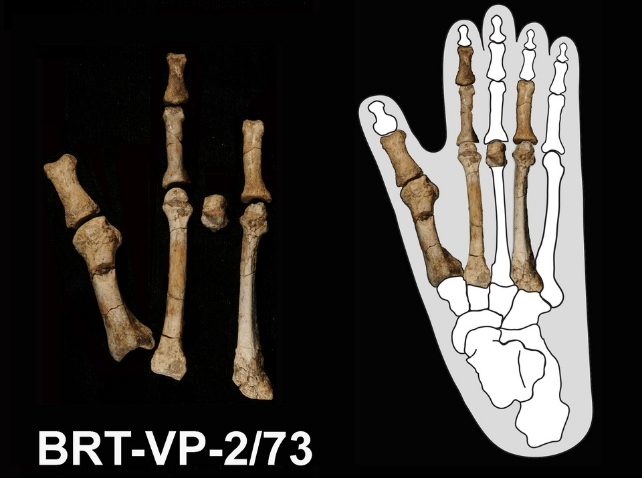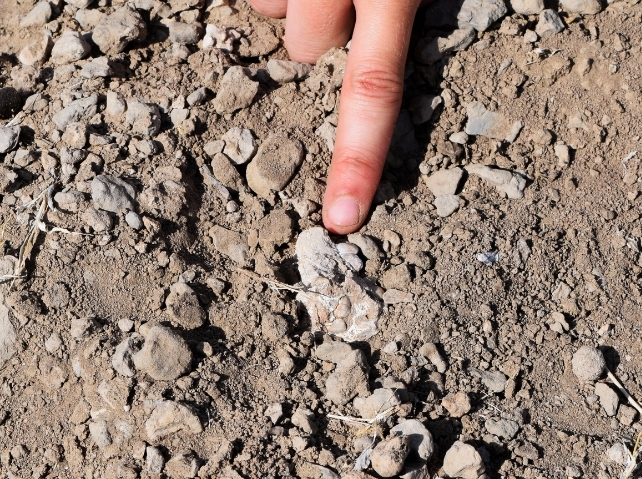A jumble of bones and teeth confirms two species of human ancestor lived side by side over 3.3 million years ago in Ethiopia's Afar Rift.
This is the first clear evidence that these ancient relatives may have overlapped not just in time but also coexisted as neighbors, explains Arizona State University paleoanthropologist Yohannes Haile-Selassie, with remains of each species having been found within 5 kilometers (3 miles) of each other.
Haile-Selassie and team determined the foot bones discovered in 2009 likely belong to a species older than the famous hominin 'Lucy' (Australopithecus afarensis).
Related: Our Ancestors May Have Walked Upright Long Before Leaving The Trees
They identified it as Australopithecus deyiremeda, previously only known from partial jawbones. The 3.4-million-year-old foot reveals a different type of locomotion than A. afarensis, suggesting that while they coexisted, the two species may have had very different lifestyles.

While Lucy was an expert tree-climber, skeletal features suggest A. deyiremeda may have been even better.
Fragments of a big toe were found among the eight foot bones, suggesting the digit had a much greater range in movement that made them opposable, akin to our own thumbs today. This suggests A. deyiremeda were still highly adapted to spending a significant amount of their time climbing trees.
"The species to which this foot belongs to was a good and able climber, which allowed this species to exploit resources from trees, arboreal resources," says Haile-Selassie.
The other toes revealed this species was also capable of hyperflexing its foot. Hyperflexing gives us the ability to push off from flat ground, meaning this early ancestor was already adapted to walking comfortably on two legs as well.
"It's a mix of arboreal adaptation … but also bipedality, which makes it really different from what we see in … A. afarensis," explains Haile-Selassie.

Isotope analysis of fossilized teeth from both A. deyiremeda and A. afarensis confirmed that they had different diets, further supporting the alternative lifestyle theory. Lucy's species is known to have a more diverse diet, consuming different plants distinguished by two types of carbon fixation in photosynthesis, C3 and C4.
Human ancestors likely shifted to eating more C4 plants, which grew more efficiently in the hot, dry conditions of the Pleistocene's changing climate.

But A. deyiremeda primarily ate the C3 plants that tend to favor cooler, wetter climates, which we know because their teeth were found to have a carbon profile that closely resembles that of earlier arboreal hominin species like A. ramidus and A. anamensis.
Based on these findings, it's likely that in spite of living in close proximity, Lucy's kin and A. deyiremeda avoided competing with one another over food sources, living quite happily on radically different diets.
This research was published in Nature.

